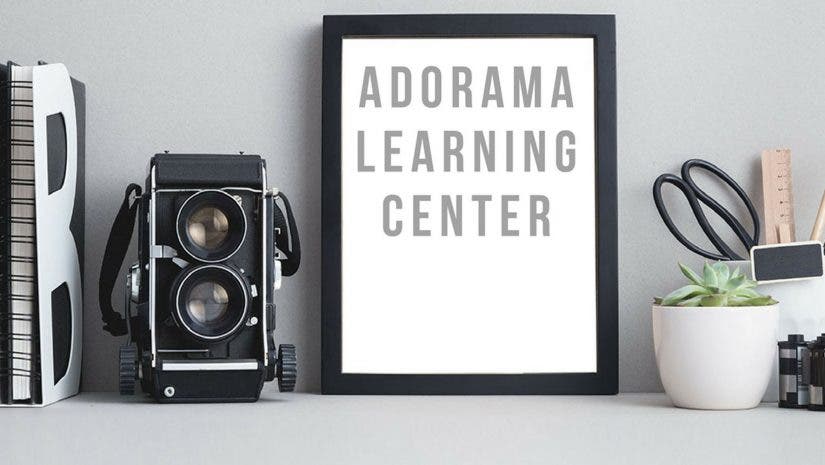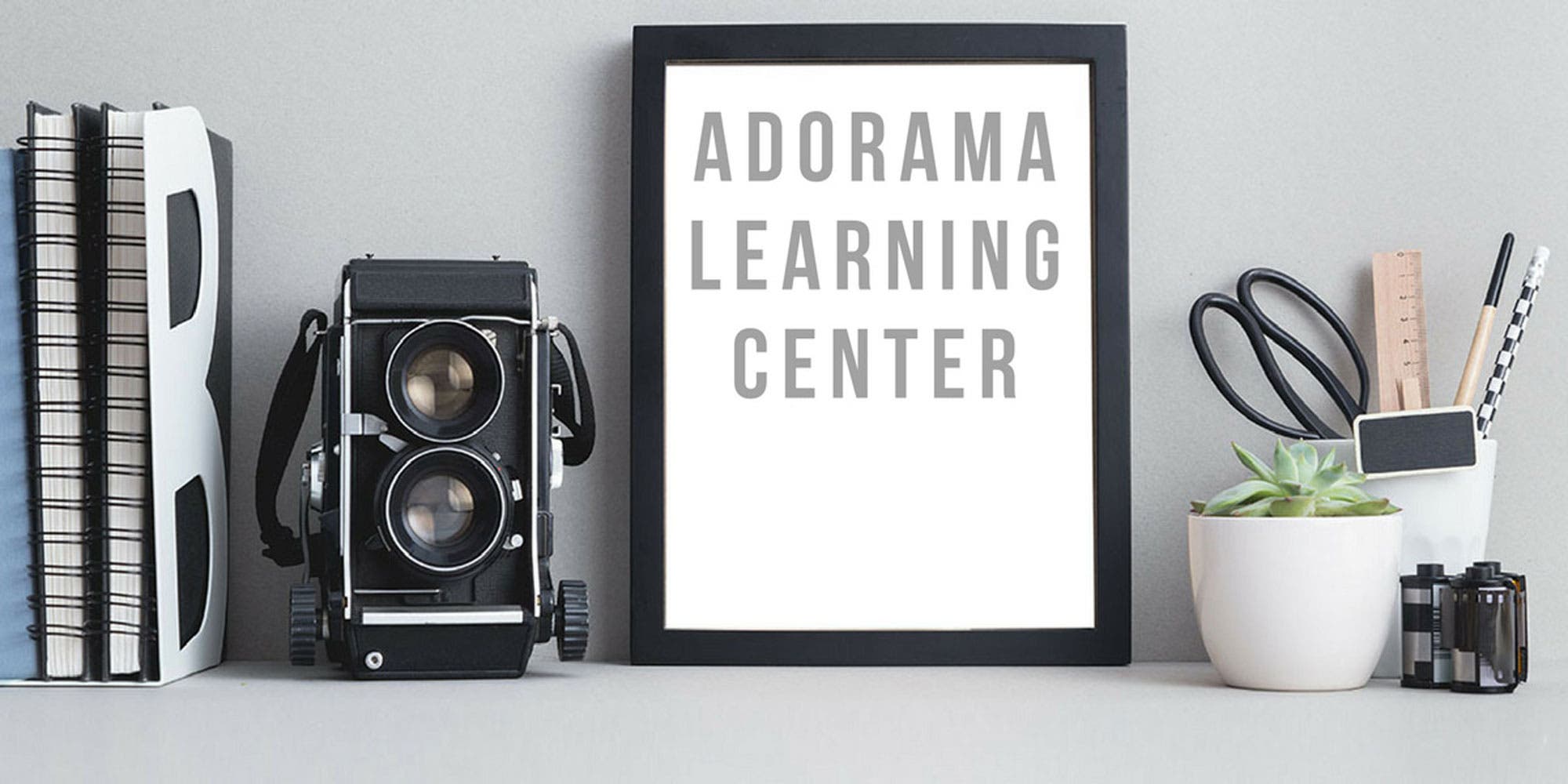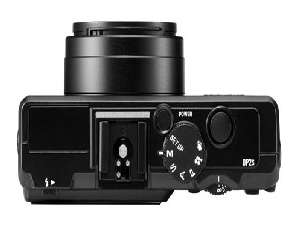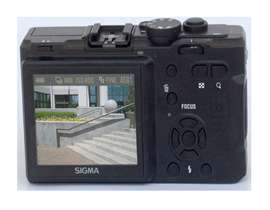The Sigma DP-1, 2 years in the making before its much-anticipated release in 2008, is a pocket-sized camera that delivers DSLR-quality images…
Now the DP-2 promises improvements over the first generation version. Depending on who is counting, images are either 14MP or 4.3MP but there’s no denying, when looking at 16×20 blow-up prints if pictures are shot at optimal settings, that this camera is capable of the kind of image quality you simply can’t get with any other compact camera.
And now, it has company: The Sigma DP-2 was announced last year and is finally available, for approximately $650. It will sell alongside the DP-1, which now costs about $100 less than the DP-2. I’ve managed to get my hands on both models and so have the unique opportunity to compare them directly. What’s the difference, and which camera is better? What changes has Sigma made in the DP-2?
Optical changes
The first, most obvious difference is the lens. Whereas the DP-1 sported a wide but slightly slow 28mm (35mm equivalent) f/4 lens, the DP-2 offers a near-normal but faster 40mm (equivalent) f/2.8. While you can compose and shoot via the LCD live view, I recommend the compact, bright, easy-on-they-eyes, hot-shoe-mounted VF-21 optical viewfinder for composing and steadily holding the camera. Each camera has its own matching finder but since they cover different angles of view, they’re not interchangeable.
Layout changes
One of the ergonomic complaints surrounding the DP-1 is that there’s nowhere for the thumb to rest without possibly pressing the left button of the digital zoom toggle switch. On the DP-2, Sigma engineers repositioned the wide-tele buttons so they’re placed vertically, and moved one control button to the left. Problem solved.
The Set-Up menu mode was put on the control dial atop the camera, separating it from the picture-taking mode operations somewhat.
Controls in DP-2 back (right) were shifted so the thumb has a place to rest.
Menu changes
Sigma improved the menu navigation, adding the QS (Quick Select) button, which accesses 8 top-level camera controls—ISO, meter pattern, flash mode, white balance, compression, image size, drive, and color saturation. The menu is a simple scroll-down affair; simply press Menu to access picture-taking modes. To get to the playback menu, hit the preview button, then Menu. To access the setup settings, turn the mode dial atop the camera to Setup, and scroll down using the up/down buttons.
Some settings have been shifted from Setup to Picture menu, so don’t expect an identical menu experience if you use both cameras.
In the field
Now that we’ve looked at the physical changes, how do the two cameras compare in the field?
Image Quality
Image quality remains unchanged: It’s simply outstanding, and it’s the area where both cameras excel and beat just about every other compact camera on the planet. This is especially true when shooting at ISO 50 or 100, where grain is non-existent and everything is super-sharp.
On the DP-2, Sigma has boosted the gain so the top ISO sensitivity tops out at 1600 but I don’t recommend shooting at this speed. Our test shots showed excellent sharpness when photographing detailed subjects at ISO 50.
Diamond in the smooth: At ISO 50, the DP-1’s 28mm (equivalent) produced images with details that are sharp while grain is practically non-existent.
Sharp shooter: At ISO 50, the SD-2’s 40mm (equivalent) lens provides detail sharpness and grain are equal in quality to the DP1.
Performance
Here’s where the DP-1 ran into serious trouble: Focus was sluggish, and its limited buffer resources meant you had to wait…and wait…for images to write to your memory card. Until the camera finished writing, the camera locked up. Some photographers disabled the autofocus and simply focused manually, thereby reducing the lag time, but nobody could figure out how to reduce write time. Although some users have indicated that the camera handles RAW files faster, that was not my experience.
How did the DP-2 do? Well, it did…better. I was able to do a limited amount of street photography with it although I still had to count to three between exposures (instead of five) to be sure the camera wouldn’t lock me out while writing to the memory card when I tried to take the next shot. I missed a few moments, but fewer than what I missed with the DP-1. That inter-shot delay may preclude this camera from photojournalism, sports, or street photography, but it shouldn’t make a difference when shooting static subjects, such as landscapes.
Slow performance: This monochrome image was one of the more successful street shots I was able to get with the DP-1, but I wouldn’t put this one in my “A” edit. Delay between shots (even with autofocus disabled) made it difficult for me to work a scene until I got the decisive moment. Sometimes the shutter simply locked up, even though the camera was supposedly in active mode.
A bit better: Sigma reduced wait time between shots in the DP-2, but it still is slow. I worked this scene and got 3 shots before the crowd dispersed. This was the best one. The 40mm (equivalent) angle of view and compact but bright optical finder were well suited for street shooting.
And the winner is…
The DP-2 addresses some of the DP-1’s weaknesses; most of them are ergonomic. Indeed, I felt more comfortable holding and shooting with the DP-2. The DP-2 is marginally faster, performance speed wise, although neither camera is a speed demon. The lens is a full stop faster than the DP-1, making it a better choice in low light without flash. (Neither model has shake reduction, but both provide shake warnings if the shutter speed is too slow.)
There are some out there who feel the DP-1 and the DP-2 fall short of expectations. Those who complain of the lack of a zoom lens are missing the point. True, the cameras are not the fastest performers. As a street photographer who has used Leica M cameras for over 30 years I cannot recommend these cameras for street shooting. But most photographers don’t do street shooting. Many do care more about getting the best image possible, and thanks to the DSLR-sized sensor, no other compact camera can deliver image quality that comes close to the Sigma DP-1 or DP-2.
So, if image quality and compact camera size are the two top items on your list, you appreciate the optical advantages of a non-interchangeable prime lens–and getting multiple shots in rapid succession are on the bottom of your needs for a camera, both DP’s should be carefully considered, with the DP-2 having a slight edge.
© 2009 Adorama Camera, Inc.




